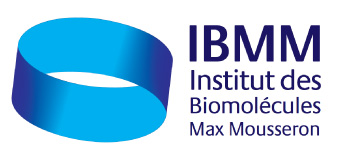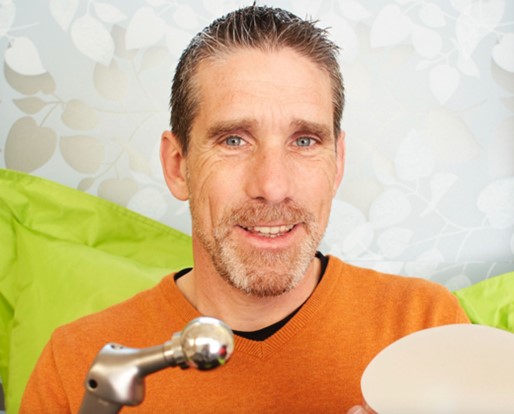“Polymers for Health” team welcomes Emmanuel Pauthe and organizes a conference
Emmanuel Pauthe, 52 years-old, Professor at CY Cergy-Paris Université, director of ERRMECe Laboratory and responsible of the Master of Science and Engineering in Biomaterial for Health. Emmanuel Pauthe obtained his PhD in Biological Engineering in 1999 at the University of Technology of Compiegne. For 25 years he has conducted several funded projects mainly in Protein Biochemistry and Biomaterial Science. From 2009 to 2011 he spent 2 years as a visiting professor at Yale (USA) in chemical engineering. He has trained more than 20 PhD and postdoc students, authored 60 peer-reviewed international publications and had 3 patents.
Conference June 19th, 11.00 am, Balard 1 room
Whether through active biomolecular coatings deposited on the surface of implanted materials, or the use of proactive complexes dispersed in systems generated in volume- such as hydrogels – or even with combination of inorganic and organic phases; the science of biomaterials increasingly calls on a variety of biofunctionalization strategies.
In this work will be exposed first some results, that, with multilayer films at interfaces involving bimolecular systems based on matrix biomolecules -such as fibronectin- and organic polymers -such as Poly Lysine-, or with gel systems enriched with lipid particles as reservoirs of active ingredients, contributes, in combination with natural active ingredients or even phages, to i) improve physico-chemical properties, ii) optimize therapeutic effects and thus ideally integrate various biomaterials at their site of action, iii) promote adhesion with surrounding healthy tissue and iv) prevent bacterial infection. Second, in the context of bone repair substitutions, that requires specific properties – such as bioactivity, biodegradability, biocompatibility – combined with mechanical properties tailored to the tissue, recent data that involved bioactive glass – an interesting material thanks to its ability to form a reactive apatite layer and bind strongly to bone tissue- will be presented. By combining it with synthetic polymers – such as Poly Lactic Acid – in the form of a protective membrane against the invasion of fibrous tissue or to 3D print customized structures, or with natural polymers – such as gelatin – to obtain hybrid bioactive hydrogels designed to fill bone defects, innovative solutions for bone reconstruction can be developed. These various combinations of bioactive glass and organic matrices enable different solutions to be obtained with different shapes and chemical associations capable of responding to the shape constraints of the bone defects under consideration while presenting osteostimulating cellular properties.

